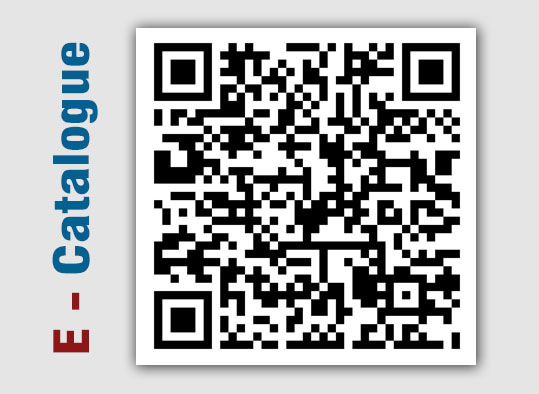ELEMENTS FOR COMMERCIAL BUILDING FIRE SAFETY

Maintaining fire safety in your commercial building is essential to protect your employees and your customers. Proper fire safety also provides a level of protection for your equipment, tools, merchandise and raw materials, records and the building itself. There are four crucial elements to a commercial building fire safety system.
Fire Alarms
Fire alarms are your first line of defense against the potential risks of fires and are perhaps the most critical element of a commercial building fire safety system. When a fire alarm sounds, everyone in your building knows that a potential danger exists and that immediate evacuation is necessary. Even if it turns out to be a false alarm, employees and customers should recognize that the system works to protect them.
Fire alarms should be inspected and maintained at least annually to keep them in proper operating condition. You should also conduct regular tests of the fire alarm system along with fire drills to ensure that your employees understand and can conduct fire safety and evacuation procedures. Contact your local fire safety authorities for information on local, state and federal requirements for fire alarm systems.
Emergency Lights and Exit Signs
During a fire, conditions can be chaotic and confusing. Electrical power to the building will most likely be lost. Smoke can obscure vision and make it difficult to navigate even a highly familiar building. People will be tense and possibly on the verge of panic. Emergency lights and exit signs make it more likely that individuals will be able to see well enough to get out of the building and to a safe area. Emergency lights are designed to come on when main power supplies are lost.
Similarly, lighted exit signs switch to emergency power when they no longer get electricity from the main source. These devices help light up emergency evacuation routes and make it clear where doorways and exits can be found. These lights and signs should be tested regularly to ensure proper operation. This often involves simply pressing the “test” button to ensure they correctly switch to standby power. A monthly 30-minute minimum function test and an annual 90-minute function test should also be conducted and documented.
Fire Extinguishers
Most fire codes require access to fire extinguishers in a commercial setting. They provide individuals with a means to put out small fires or stop the spread of a larger fire long enough for a safe evacuation of the building. In general, fire extinguishers should be mounted on walls at distances of less then 75 feet, meaning that no one should have to travel more than 75 feet to get to a fire extinguisher.
There should also be extinguishers mounted near exits to ensure easy access and that no one has to go farther into a burning building to find an extinguisher. Make sure your employees know how to operate a fire extinguisher and that the extinguishers are maintained and inspected regularly.
Fire Sprinkler/Standpipe Systems
In some commercial facilities, a sprinkler system may be used. These systems react to heat and turn on a water sprinkler to suppress or extinguish larger fires. Sprinkler and standpipe systems will likely require the services of licensed inspectors to ensure they are maintained and are in proper working order.
Tests and inspections should include:
- ⦾ A monthly check to ensure all control valves are in the proper position.
- ⦾ A quarterly test of the system’s main drain.
- ⦾ An annual inspection by a professional sprinkler system contractor.
- ⦾ A five-year reconstruction of the backflow device and internal inspection of the sprinkler pipes.





.png)







